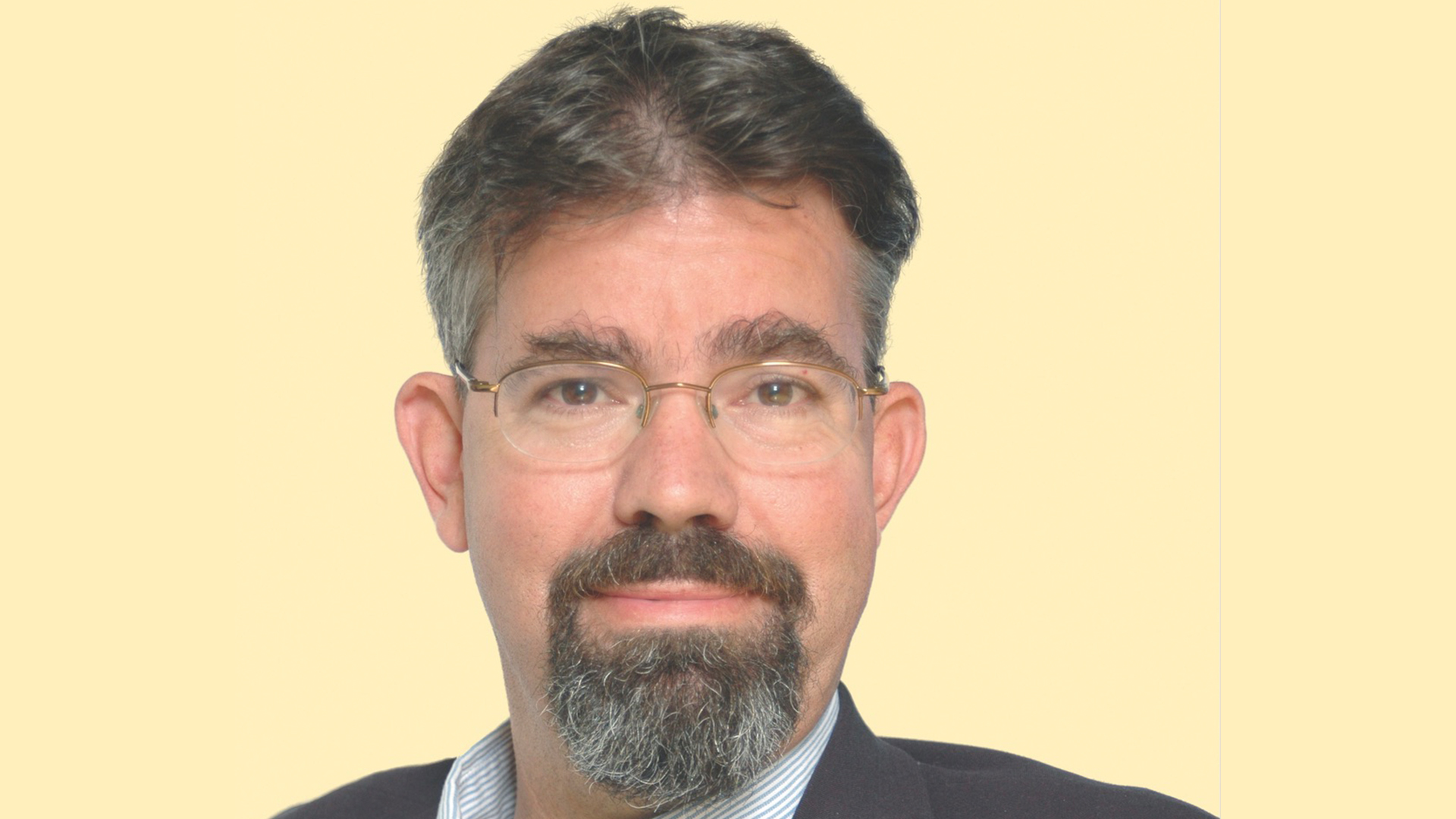USDA Harvests Input on Rural Broadband Spectrum Priorities

The U.S. Department of Agriculture is collecting comment on what is the best spectrum management policy to get broadband to more rural areas, which is an avowed priority of the Trump Administration.
In its comments, the Wireless Internet Service Providers Association (WISPA) said it is all for a "rural first" approach to spectrum, which it calls quickest, most cost-effective way to get high-speed broadband to farmers, who can use it to help monitor and manage their crops.
That, in turn, will help them "increase crop yields, cost efficiencies, and environmental sustainability through the precise application of seed, water, fertilizers, and pesticides and the efficient use of fuel," the GPS Innovation Alliance (GPSIA) told USDA this week in its comments. GPS is also used for wearables to help track the health and whereabouts of livestock).
Related: Rural Groups Push C-Band Auction
The GPS alliance also cautioned that any spectrum policy is mindful of potential interference to its low-power satellite GPS signals and the half billion GPS devices they service. "[S]pectrum policies must consider that systems that support navigation functions like GPS are sensitive to adjacent-band operations in different ways than systems that operate communications services" like terrestrial-based communications networks, it said.
WISPA said a rural first approach includes more unlicensed spectrum and "right-sized" licenses in licensed bands. It is concerned that too large a license area favors its larger competitors. "When licenses cover too large a geographic area, smaller providers can be priced out of spectrum auctions with the result that significant portions of an assignment remain unserved over long periods of time as more densely-populated regions are prioritized for build-out by incumbent service providers."
WISPA said automated spectrum management and frequency coordination are also necessary to promote "intensive and efficient use of spectrum, including the so-called "white spaces" between and around broadcast TV channels.
The smarter way to stay on top of broadcasting and cable industry. Sign up below
And while low- and mid-band spectrum are both important, the greatest of these, at least in terms of current need, is midband, including in the C-band, where broadcast and cable operators are arguing the FCC needs to look out for incumbents--like broadcasters and cable operators--before it leaps into freeing up large swaths for next gen wireless.
GPSIA put in a plug for more fixed as well as wireless facilities in rural areas.
It also talked up a separate initiative in last year's Farm Bill, which directs the FCC and USDA to create a task force to evaluate spectrum needs of precision agriculture and any fallow fields in agriculture's access to broadband that need seeding.
Contributing editor John Eggerton has been an editor and/or writer on media regulation, legislation and policy for over four decades, including covering the FCC, FTC, Congress, the major media trade associations, and the federal courts. In addition to Multichannel News and Broadcasting + Cable, his work has appeared in Radio World, TV Technology, TV Fax, This Week in Consumer Electronics, Variety and the Encyclopedia Britannica.

